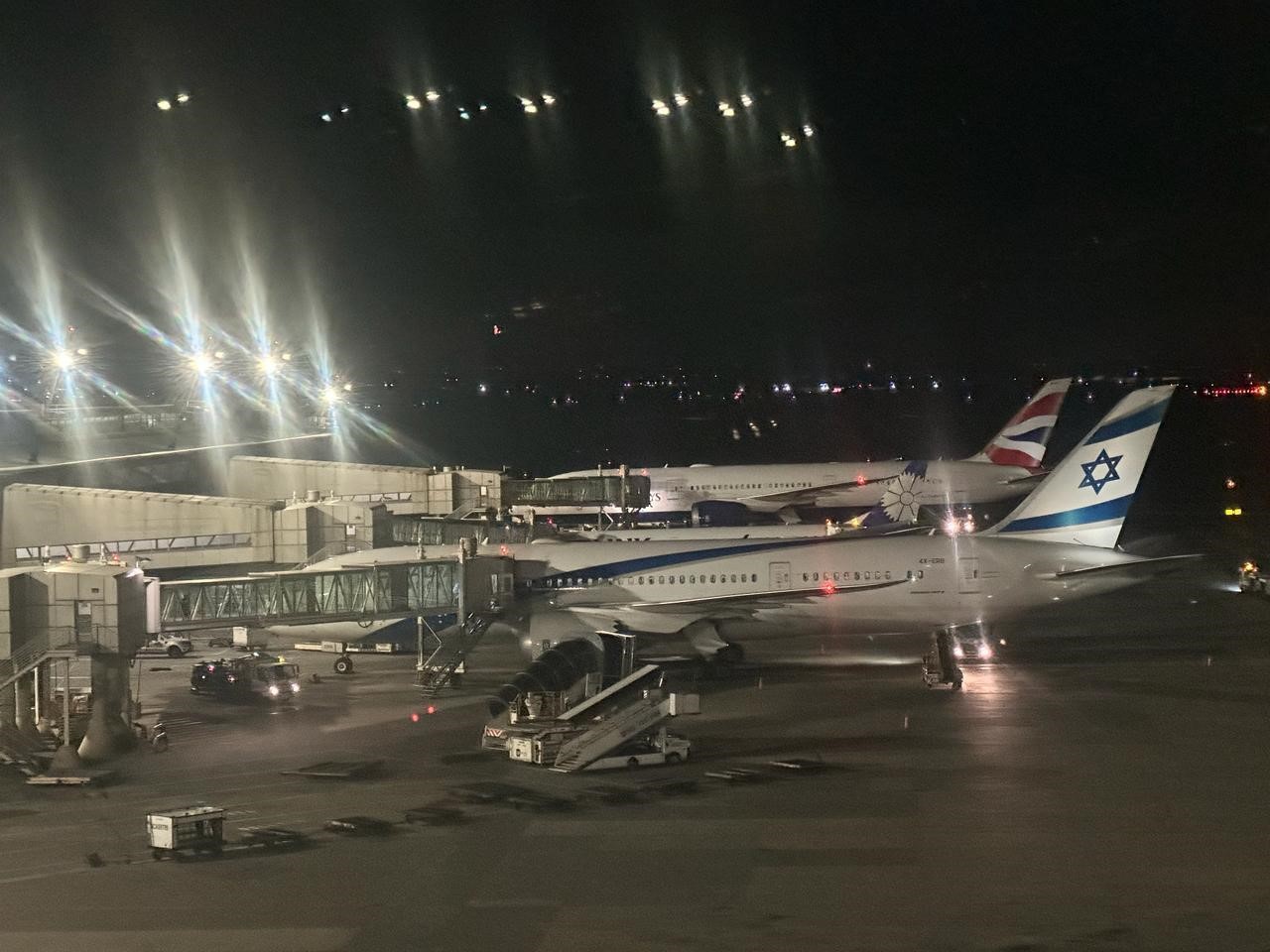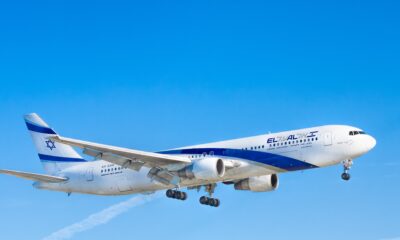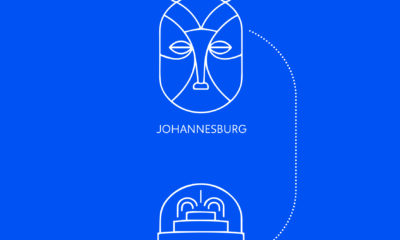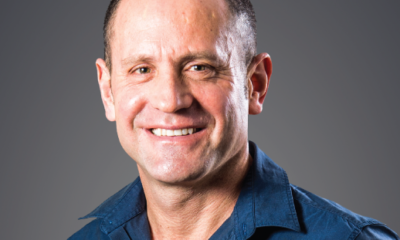
Banner

SAA adrift in changing market dynamics
The last EL AL Airlines flight from South Africa left last weekend, leaving the South African Jewish community feeling emotional.
“But the airline industry isn’t about emotions, it’s business,” says Gidon Novick, the chief executive and founder of LIFT, a new domestic airline, and the founder of kulula.com and former joint chief executive of Comair.
“I know we loved seeing the planes with Magen Davids on our tarmacs, and I know people don’t like to hear this, but a direct service between South Africa and Israel does not appear viable. The volume of passengers just isn’t there. It’s far more worthwhile to have daily flights that connect you via global hubs and within 12 hours, you’re there or back.”
Novick was initially involved in the proposed buyout of South African Airways (SAA) in 2021 with the Takatso Consortium, which collapsed last week. Initially, he and his team put together a strategy to turn the airline around from a failing concern which had already sucked R50 billion-worth of taxpayers’ money in 15 years.
“The deal all seemed so positive, but then things seemed to go horribly wrong,” he said. About 18 months ago, they were relegated to being the “technical partners”, according to Novick, and he wasn’t sure whether the company meant to raise the capital to pay the R3 billion into SAA succeeded in doing so. “We were then out of the deal, and I don’t know what the final dynamics were that scuppered it, but a deal involving a state asset should have been totally transparent, and clearly wasn’t.”
He did say, however, that there was no real reason for SAA not to be making a profit with the “right leadership and strategy”, and there were “brief periods when the national carrier was profitable” during its history.
However, the cost to the fiscus and economy was way too high for a parastatal that could be used internationally by only about 2% to 3% of the population and perhaps 10% locally.
“It’s a costly means of transport for a privileged few who get to travel by air so, from a national funding perspective, it doesn’t seem logical for the government to be handing over R50 billion when there’s so much else for which the money is required,” Novick said.
SAA always operated in a competitive environment, locally and internationally, and there are airlines which SAA can be benchmarked against, Novick said. However, “since SAA went into business rescue in December 2019, the market dynamics have changed significantly”.
Globally, superhub airlines like Emirates and Qatar use their geography and capital to create airports and airlines that connect people going from East to West and, says Novick, they have become significant and competitive. On the African continent, Ethiopian Air has followed this model.
“Now, air travel is more about connecting traffic, not taking people from one country to their destination,” Novick said. “With scale and numbers comes efficiency.” South Africa, he said, used to be the prime regional hub, but isn’t necessarily that anymore. “However South Africans are lucky because we have some of the best airlines travelling here like KLM, British Airways, Lufthansa, Air France, Swiss, Delta, and United.”
Locally, he said, there has also been a chance with Comair exiting, and Safair, which is foreign-owned and funded, growing substantially, and competing, while his own airline, which he says is still small, launched during the COVID-19 pandemic. Then there’s Airlink, which covers the smaller routes, which he says is problematic for SAA, as it used to be dominant in the regional routes now covered by Airlink. “This is a lot of challenges for SAA. It still has potential on regional routes, and it could still excel on the continental fights into the region,” he said.
Novick believes that with a good strategy, business plan, and management, SAA could come back fighting, but he questions whether it’s a necessity to have a national carrier. He doesn’t believe it is.
If called on, Novick said he’s not averse to getting involved with SAA again, but he isn’t running to offer his services. He says the brand has been damaged, and people are likely not to trust the airline right now and so, on that front, there’s much work to be done. “There is also a need for many infrastructure changes and a driven strategy. What’s important to look at is where there’s demand for its services, allowing existing carriers to do what they are doing well.”
However, SAA’s survival isn’t a given, he says, because now that the government isn’t willing to put any more money into the parastatal, it will require a great deal of money from investors or people willing to lend the money. “It would also require recognising the market changes and where its competitive margins lie, recognising that the brand has been tarnished, and rebuilding trust to get this back,” he said. Working in collaboration and co-operation with other airlines would also help a lot. “Clever alliances, collaboration, and code shares could be so effective, and would help SAA. In other words, when you buy a ticket from SAA, another airline would carry you part of the way to the destination and en route home too.”
Novick doesn’t believe every country needs a national airline, and many countries have lost their national carrier while others have become successful privately-owned public companies.
However, SAA is just the microcosm of the macrocosm of South Africa’s problems, and there are far bigger issues for the country to deal with as a matter of urgency.










